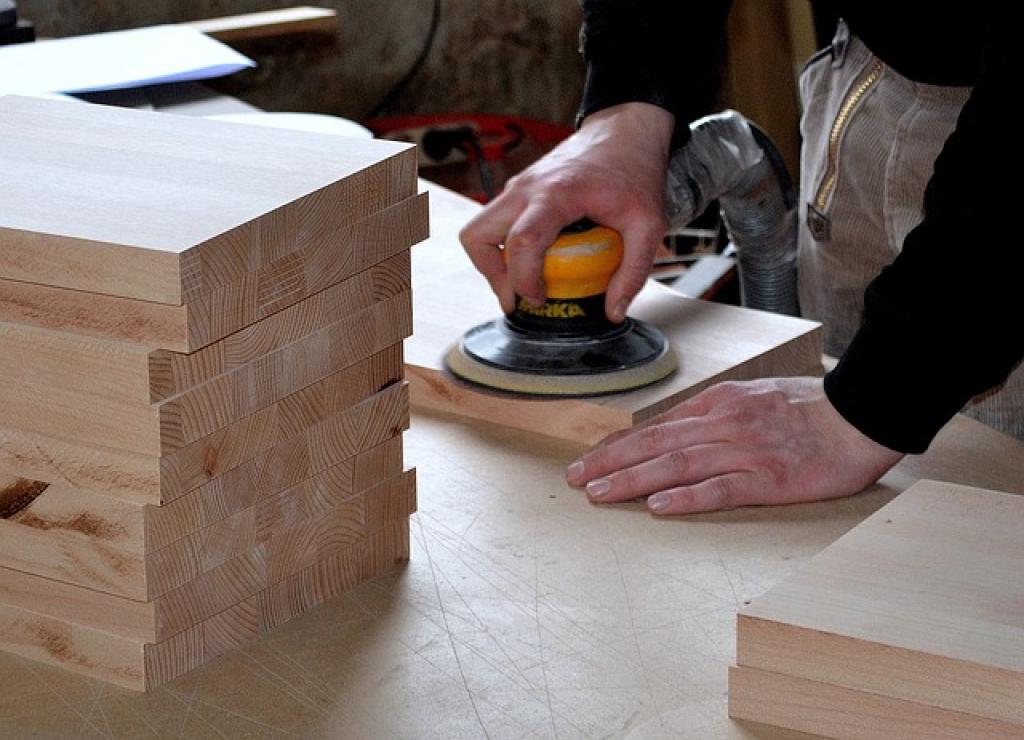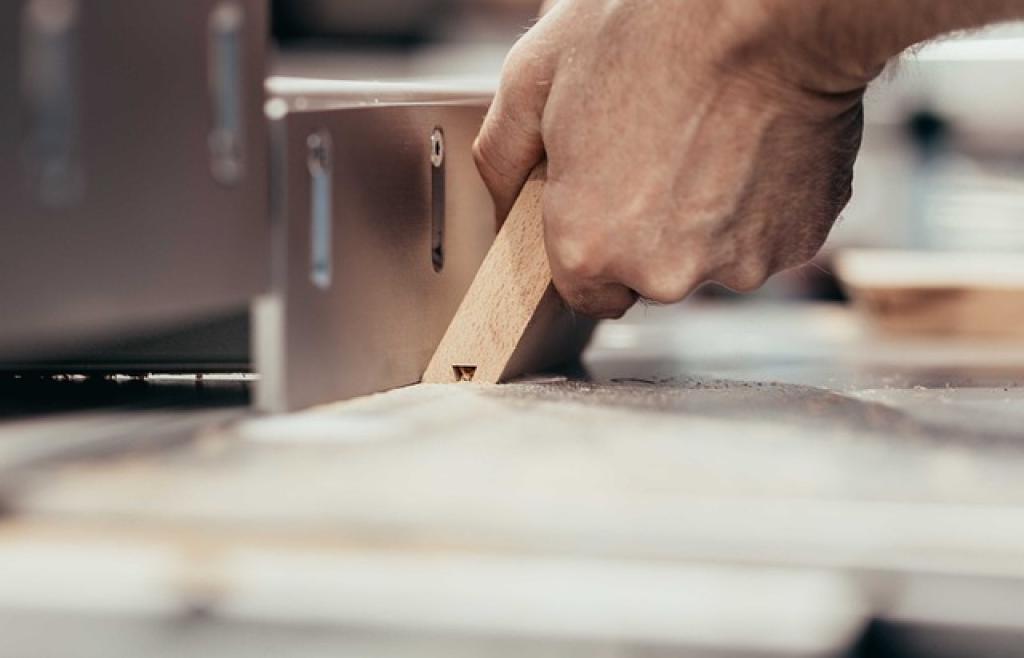In an age where sustainability is not just a trend but a necessity, the art of woodworking is embracing the call for eco-friendly practices. Crafting beautiful, functional pieces from wood can coexist with a respect for the environment. By choosing sustainable methods, woodworkers can contribute positively to the planet while maintaining the integrity of their craft.
Sustainable woodworking begins with responsible sourcing. Opting for certified sustainable timber ensures that the wood comes from forests managed with care for biodiversity. Reclaimed wood is another excellent alternative, offering unique character while reducing waste.
Beyond materials, eco-conscious woodworkers focus on minimizing waste and maximizing efficiency. Using non-toxic finishes and adhesives safeguards both artisans and the environment, reducing harmful emissions.
Incorporating sustainable practices not only benefits the planet but also enriches the crafting process. It invites creativity through problem-solving and resourcefulness, leading to innovative techniques and designs.
This guide delves into practical tips and insights to make woodworking more sustainable. Whether you’re a seasoned artisan or a beginner, these eco-friendly practices can transform your approach and impact, crafting a better future for all.
Sourcing Sustainable Wood Materials for Your Projects
The journey to sustainable woodworking starts with selecting the right materials. Choosing wood that is both environmentally friendly and high quality is a key step. Certified sustainable wood offers assurance, coming from forests managed on principles of conservation and responsible stewardship.
Look for certifications such as the Forest Stewardship Council (FSC) or the Programme for the Endorsement of Forest Certification (PEFC). These labels indicate that the wood has been sourced with minimal environmental impact and supports efforts towards sustainability.
Reclaimed wood is another fantastic option. This involves repurposing old wood from buildings, furniture, or other items, preventing it from going to waste. Not only does this reduce the demand for new timber, but it also infuses projects with unique, historical character.
Local timber is also worth considering, as it supports local economies and reduces the carbon footprint associated with transportation. Visiting local sawmills or lumberyards can give insight into the origins of the wood, as well as opening up opportunities to discover unique, native species.
By carefully selecting sustainable materials, woodworkers can significantly reduce the ecological impact of their craft, ensuring that their passion for woodworking supports a healthier planet.
Reducing Waste in Your Woodworking Process
Minimizing waste in woodworking not only cuts costs but also lessens environmental impact. Start by planning projects meticulously. A well-thought-out design can maximize material usage and minimize scraps, ensuring every piece of wood serves a purpose.
Utilize offcuts creatively. Even the smallest pieces can be turned into accents, smaller items, or be integrated into future projects. Embrace these remnants as opportunities to practice innovation and sustainability.
Regularly maintaining your tools is another essential practice. Sharp tools make precise cuts and result in less material wastage, while dull tools can lead to mistakes and unwanted wood scraps. Invest time in honing blades to keep them in optimal condition.
Consider incorporating sawdust into your waste-reduction strategy. Sawdust can be repurposed in various ways, such as for composting, creating wood filler, or even as a traction aid in icy conditions. This reduces what goes to landfills and extends the life of every piece of wood.
By adopting these practices, woodworkers can constructively reduce waste and contribute to environmental preservation, ensuring their craftsmanship aligns with both economic and ecological goals.

Choosing Non-Toxic Finishes for a Healthier Environment
Selecting the right finish is essential for both the beauty and safety of your woodworking projects. Opting for non-toxic finishes enhances indoor air quality and protects your health without sacrificing quality or durability.
Water-based finishes are an excellent choice. They emit fewer volatile organic compounds (VOCs) compared to their oil-based counterparts, making them safer for both the environment and those applying them. These finishes dry quickly and clean up easily with soap and water.
Natural oils, such as linseed and tung oil, offer another non-toxic option. They seep into the wood, enhancing its natural grain and providing a beautiful, long-lasting finish. Though they may require a longer curing time, their health and environmental benefits are worth considering.
Beeswax is a traditional finish that provides a soft sheen and natural protection. It is easy to apply and completely safe, making it ideal for items like cutting boards or children’s toys. Additionally, it can be mixed with natural oils for enhanced durability.
Choosing the right non-toxic finish ensures your woodworking projects contribute to a healthier living environment while maintaining the highest aesthetic standards. By doing so, you not only protect yourself and your family but also help preserve our planet’s resources.
Implementing Energy-Efficient Practices in Your Workshop
Creating a sustainable workshop means embracing energy-efficient practices that reduce power consumption and lower costs. Simple adjustments can have a significant impact on both the environment and your energy bills.
Start by using LED lighting, which consumes much less electricity than traditional bulbs and has a longer lifespan. They provide bright light for detailed tasks without generating excess heat.
Invest in energy-efficient machinery. Modern tools often feature advanced motor designs that use less electricity while maintaining power and performance. Regular maintenance ensures tools run efficiently, further conserving energy.
Consider improving insulation and sealing gaps in windows and doors. A well-insulated workshop maintains comfortable temperatures, reducing the need for heating and cooling systems.
Harness natural lighting and ventilation when possible. Position workstations near windows to use daylight, and open them for fresh air. This minimizes reliance on artificial lighting and climate control, contributing to energy savings.
By integrating these energy-efficient practices, your workshop will not only become more environmentally friendly but also more economical, fostering a productive and sustainable workspace.
The Bottom Line: Building a Greener Future with Eco-Friendly Woodworking
In today’s world, taking small steps towards greener practices in woodworking can truly make a difference. Adopting eco-friendly techniques not only benefits the environment but also enhances the sustainability of the craft.
By carefully selecting sustainable materials, you’re contributing to responsible forestry and reducing the demand for non-renewable resources. This simple shift supports ecosystem preservation and reduces carbon footprints.
Implementing energy-efficient practices in your workshop is equally crucial. From lighting to insulation, each choice leads to less energy consumption and lower utility bills. Furthermore, investing in modern, efficient machinery ensures that operations remain effective while minimizing environmental impact.
Alongside this, embracing these changes in woodworking can inspire others. Sharing sustainable methods helps to spread awareness and encourage a community-wide shift towards responsible craftsmanship.
In the grand scheme, every action matters. As more woodworkers join the movement toward eco-friendly practices, the industry as a whole moves closer to creating a cleaner, greener future. This sustainable focus ensures that woodworking remains a beloved craft, passed down to future generations with respect for the planet.
Ultimately, choosing eco-friendly woodworking is a commitment to better practices and a healthier world. Each project built with sustainability in mind isn’t just another piece crafted, but a step towards a brighter, environmentally responsible future.



